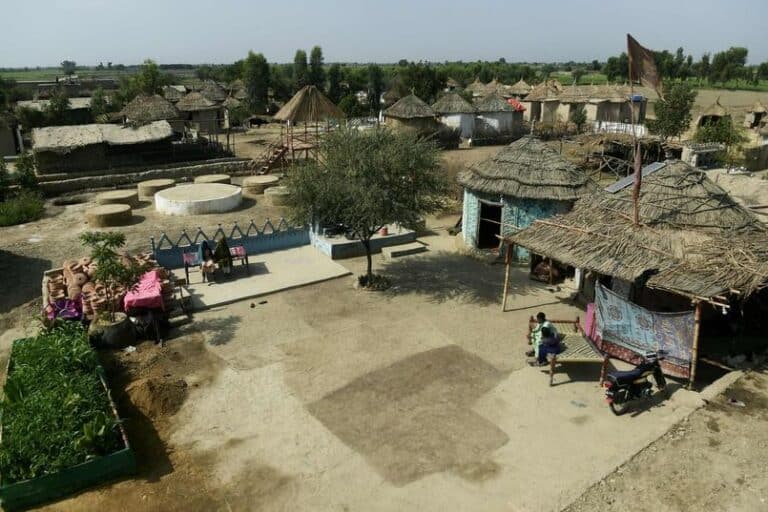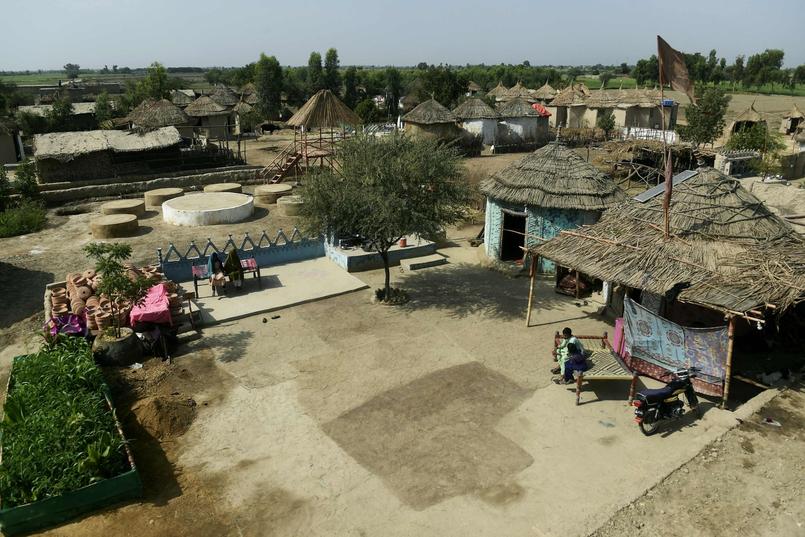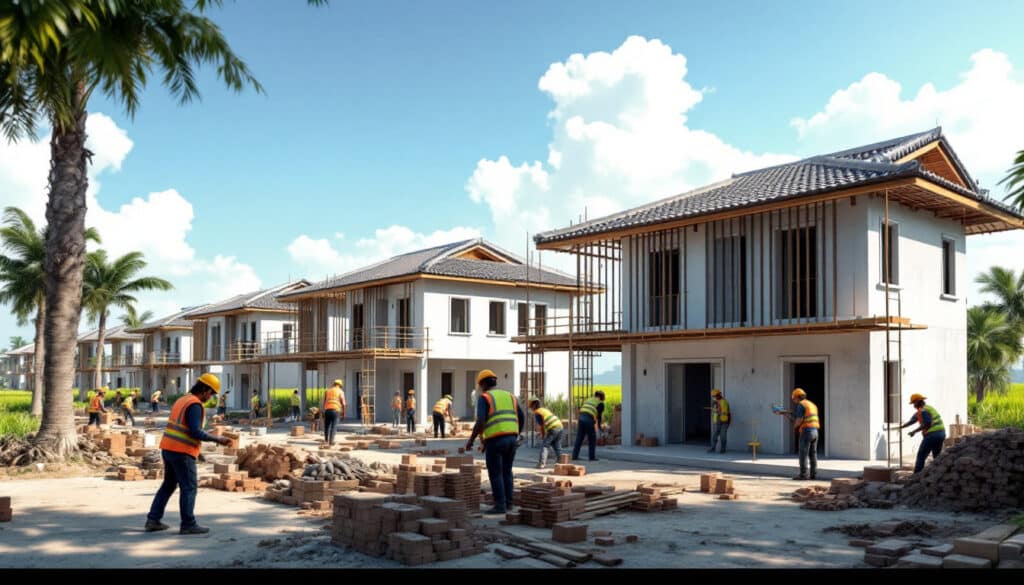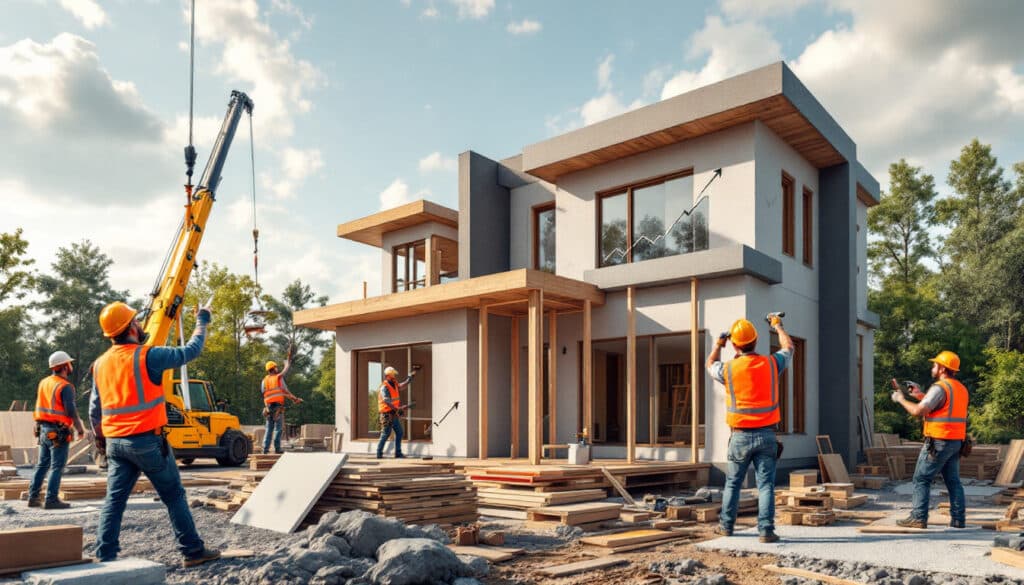Welcome to the digital age where every click counts.
Your online experience is carefully orchestrated thanks to advanced technologies.
Discover how we use data to enrich your interactions.
We utilize cookies and data to provide and maintain our Google services. This includes tracking outages and protecting against spam, fraud, and abuse. We also measure our audience engagement and site statistics to understand the usage of our services and improve their quality. If you choose to “Accept All,” we will develop and enhance new services, measure the effectiveness of advertisements, and display personalized content and ads based on your settings. In case of refusal, only non-personalized experiences will be offered, influenced by the content you are currently viewing and your general location.
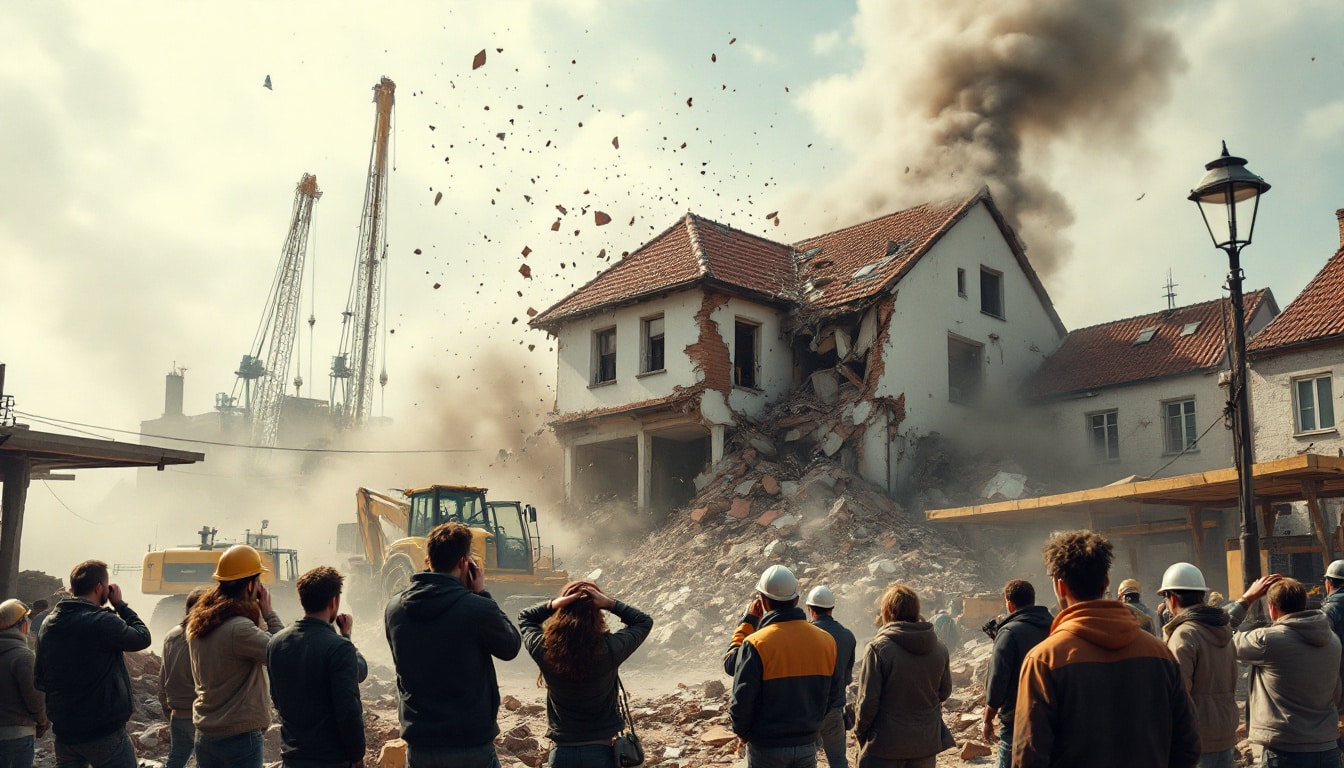
The peaceful landscape of Tilly was suddenly disrupted by a dramatic event that captivated the attention of residents and internet users. A majestic house suddenly collapsed during renovation work, leaving behind debris and a shockwave throughout the community. This incident, filmed in real-time, quickly circulated on social media, provoking outrage and fascination.
Table of Contents
ToggleWhat exactly happened during the house collapse in Tilly?
The tragic event occurred in the late afternoon, as workers were busy renovating an old house located in the heart of Tilly. According to witnesses, a series of reinforcement and structural modernization works were underway to transform the residence into a modern home while preserving its historical charm. However, an unexpected structural failure led to the abrupt collapse of the building.
The viral video shows workers in action when suddenly, the roof collapsed, followed by a progressive collapse of the load-bearing walls. The residents of the house were evacuated in time, thus avoiding a human tragedy. Despite the absence of serious injuries, the material damages are substantial. Experts are currently analyzing the exact causes of this collapse, whether related to faulty design, inadequate materials, or non-compliance with safety standards during the work execution.
What are the potential causes of this collapse?
The collapse of this house in Tilly raises many questions about current construction and renovation practices. Several factors could be at the origin of this incident:
- Design flaws: Poor planning or errors in structural calculations can compromise the stability of the construction.
- Low-quality materials: The use of inadequate or defective materials can weaken the structure of a building.
- Failure to comply with safety standards: Work carried out without adhering to current regulations can increase the risk of collapse.
- Unauthorized interventions: Structural modifications without the intervention of qualified professionals can also lead to structural weaknesses.
It is crucial that local authorities and building professionals thoroughly investigate this incident to identify the exact cause or causes and prevent similar future accidents. The safety of residents and the longevity of constructions must remain a top priority in the construction and real estate sectors.
What have been the reactions from the community and authorities?
The collapse of the house has sparked a wave of diverse reactions among the residents of Tilly and beyond. The inhabitants, shocked by the brutality of the event, expressed their concerns about the safety of buildings in their area. Many internet users shared the video and photos of the collapse, triggering lively discussions on social media about construction standards and the responsibilities of the companies involved.
Local authorities immediately launched an investigation to determine the exact circumstances of the collapse. Municipal services went to the site to assess the damage and secure the area to prevent any further risks. The homeowners of the house were also contacted to understand the steps taken before and during the work.
Other nearby buildings are under close surveillance to ensure that there is no similar risk. This particular attention underscores the importance of strict regulations and rigorous controls in the construction sector, in order to protect citizens and ensure the quality of infrastructure.
What lessons can be learned from this incident for the construction sector?
The collapse of the house in Tilly should not be viewed merely as an isolated tragedy, but rather as a valuable lesson for the entire construction and real estate sector. Several lessons can be drawn from this incident:
- Importance of safety audits: Conducting regular and rigorous checks of existing structures can prevent future failures.
- Ongoing training for professionals: Ensuring that engineers, architects, and workers are continually trained on the latest standards and construction technologies.
- Use of quality materials: Promoting the use of certified and high-quality materials to enhance the durability of constructions.
- Transparency and accountability: Encouraging a culture of transparency and accountability among industry companies to ensure that work is performed to the highest standards.
These measures can not only improve the safety of residents but also strengthen public trust in future construction and renovation projects. By adopting a proactive approach, the sector can avoid similar incidents and contribute to creating safer and more resilient living environments.
How can innovative technologies prevent such collapses?
The adoption of innovative technologies plays a crucial role in preventing collapses and improving the safety of constructions. Among the most promising technological advances are:
The use of smart sensors
Smart sensors integrated into structures can monitor the integrity of buildings in real-time. These devices detect movements, vibrations, and signs of material fatigue, allowing for rapid intervention in case of anomalies.
BIM (Building Information Modeling)
Building Information Modeling (BIM) offers a detailed 3D view of construction projects. This technology allows for better planning and coordination of work, thereby reducing the risks of human errors and improving the accuracy of structural calculations.
3D printing and advanced materials
3D printing and the use of advanced materials, such as reinforced composites or special concretes, can increase the resilience of constructions while offering more flexible solutions suited to modern real estate challenges.
By integrating these technologies into construction and renovation processes, professionals can anticipate and solve problems before they become critical, thereby enhancing the security and durability of buildings.
What are the impacts of this collapse on the local real estate market?
The collapse of the house in Tilly has significant repercussions on the local real estate market. On one hand, this incident may sow distrust among potential buyers, concerned about the safety of constructions in the area. The perception of increased risks can lead to a decrease in demand and, consequently, a decline in the prices of nearby properties.
On the other hand, this collapse highlights the need for stricter regulation and increased monitoring of construction and renovation projects. Investors and real estate developers may be encouraged to invest more in safety technologies and adopt more rigorous construction practices to restore consumer confidence.
Furthermore, this event could serve as a catalyst for reforms in the local real estate sector, promoting better transparency and greater accountability among the stakeholders involved. Developers would be motivated to ensure the quality and safety of their projects to prevent future similar incidents and maintain competitiveness in the market.
Are there similar cases where constructions collapsed due to work?
Unfortunately, the collapse of structures during renovation or construction work is not an isolated phenomenon. Several similar incidents have been reported worldwide, highlighting the potential dangers associated with unsafe construction practices.
For example, a luxurious millionaire villa threatened with demolition due to its coastal location recently made headlines. This incident underscores the tensions between the preservation of valuable properties and the imperatives of safety and compliance with environmental standards.
These recurring cases highlight the importance of rigorous supervision and strict adherence to safety protocols. They also illustrate the necessity of ongoing training and increased awareness among construction sector professionals to prevent such tragedies.
What role do local regulations play in preventing collapses?
Local regulations play a vital role in preventing collapses and ensuring the safety of constructions. These regulations define the minimum standards of quality, safety, and resilience that buildings must meet during their construction or renovation.
By enforcing strict building codes, local authorities ensure that projects meet high standards in terms of materials used, construction techniques, and supervision of work. These regulations also facilitate regular inspections of construction sites by qualified professionals, allowing anomalies to be detected and corrected before they lead to serious incidents.
Moreover, local regulations encourage the use of advanced technologies and innovative construction methods that increase the durability and safety of buildings. For example, the integration of advanced metallurgical technologies can strengthen the structure of buildings, making constructions more resilient to hazards.
In conclusion, strengthening local regulations and their rigorous application are essential to prevent collapses and ensure the safety of residents. It is crucial for authorities to continue adapting and improving these regulations based on technological advancements and learnings from such incidents.
What are the next steps after the house collapse in Tilly?
Following the collapse of the house in Tilly, several steps must be quickly implemented to manage the consequences of the incident and prevent future collapses:
- Assessment of damages: A detailed inspection of the site must be carried out immediately to assess the extent of the damage and determine the necessary security measures.
- Thorough investigation: Local authorities, in collaboration with construction experts, must conduct a thorough investigation to identify the exact causes of the collapse and determine potential liabilities.
- Site rehabilitation: Once the assessment is complete, rehabilitation and reconstruction plans must be established to restore the site and possibly rebuild the house in compliance with safety standards.
- Strengthening regulations: Based on the findings of the investigation, adjustments or strengthening of local regulations may be necessary to prevent future similar incidents.
- Communication with the public: It is essential to keep the community informed about the progress of the investigation and the measures taken to ensure future safety, in order to restore public trust.
- Support for victims: Offering support to residents affected by the collapse, whether through psychological support or financial assistance for reconstruction.
These steps are crucial for effectively managing the immediate consequences of the collapse while implementing long-term preventive measures to enhance the safety of constructions in the region.




